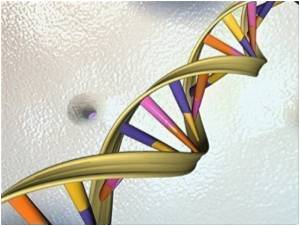
There are two immune cells that are critically involved in most autoimmune disease: B cells, which make antibodies, and T cells, which kill cells infected with microbes or other invaders.
In Type 1 diabetes, B cells start to see insulin-producing beta cells in the pancreas as ‘the enemy’, and recruit T cells to join forces and kill these cells.
Drs Lewis Cox and Pablo Silveira, from Sydney’s Garvan Institute of Medical Research, have identified two chromosomal regions in mice that control the ability of beta cell reactive B cells to interact with T cells, and determine whether or not Type 1 diabetes develops. These findings are published in The European Journal of Immunology, now online.
“In any disease process, our T cells and B cells communicate with each other by sending signals,” said Dr Silveira.
“Sometimes those signals say ‘I’m going to co-operate with you’, and sometimes they don’t. You can think of it as one type of cell saying to the other ‘let’s dance!’ with the potential partner either accepting or declining.”
Advertisement
“If the pair dance together, they proliferate and become lethal, resulting in a concerted attack against the beta cells. Without that dance, and in this case it’s the co-operation of B cells that matters, the disease cannot progress.”
Advertisement
These findings have the potential to help find therapeutic targets to prevent the onset of Type 1 diabetes.
Source-Medindia













